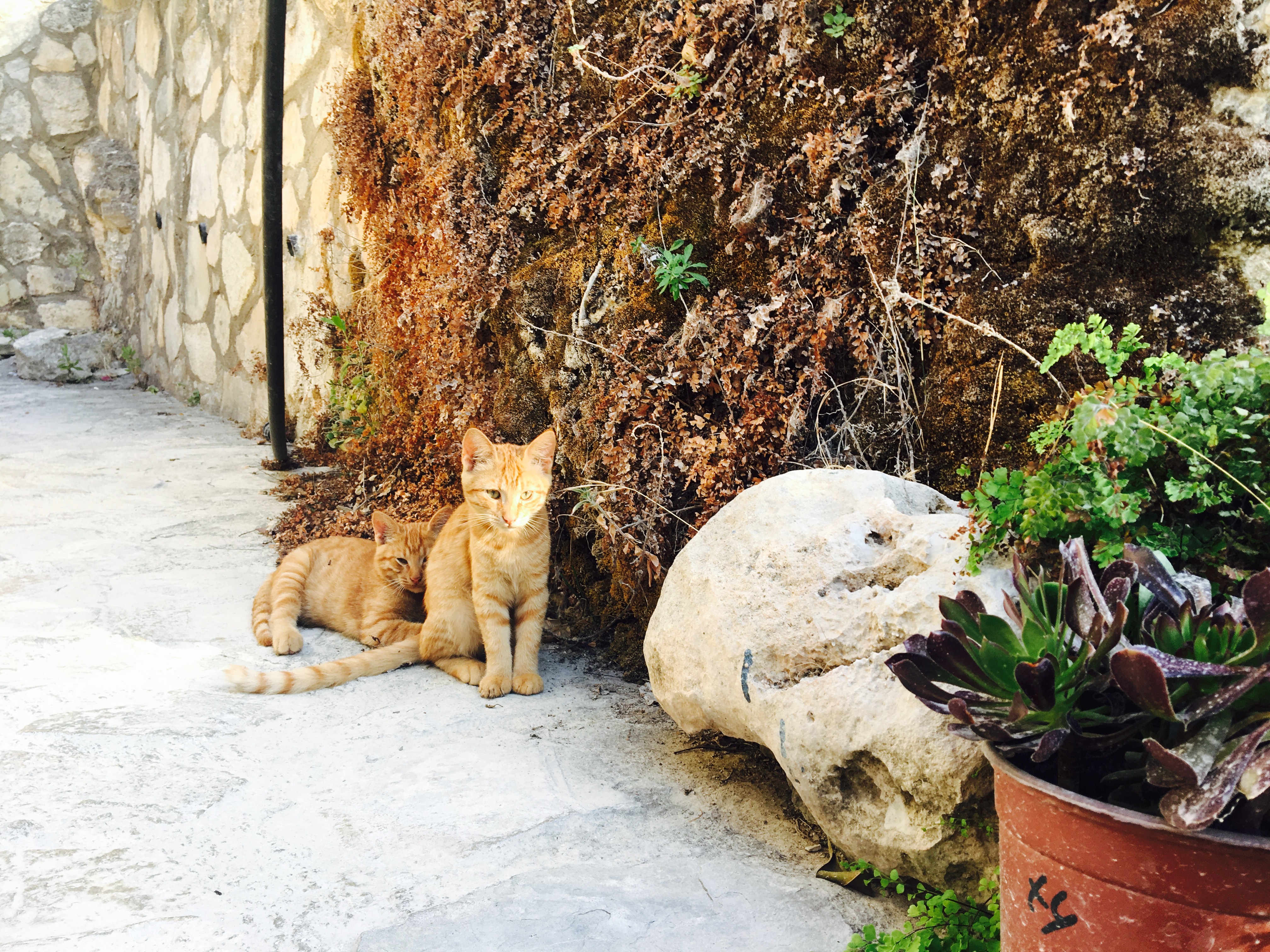The Complete Guide to Litter Training Your Kitten

Table of Contents
The Foundation of Cat Ownership
When I first brought home my kitten Whiskers, I was overwhelmed by the responsibility. Litter training seemed like it would be the biggest challenge, but I quickly learned that cats have a natural instinct to bury their waste. This made the process much easier than I expected, though there were definitely some lessons learned along the way.
Understanding Your Kitten's Natural Instincts
Unlike dogs, cats are born with an innate desire to cover their waste. This behavior comes from their wild ancestors who needed to hide their scent from predators. When you understand this natural instinct, litter training becomes more about providing the right environment rather than teaching a completely new behavior.
I remember watching Whiskers the first time he used his litter box - he instinctively started scratching and covering without any instruction from me. It was fascinating to see this natural behavior in action.
Choosing the Perfect Litter Box
After trying several different litter boxes with Whiskers, I learned that the right choice makes all the difference. For kittens, you want a box with low sides (around 2-3 inches) that they can easily step into. As your kitten grows, you'll likely need to upgrade to a larger box.
Here's what I discovered through trial and error:
- Size matters: The box should be about 1.5 times the length of your kitten
- Material choice: Non-porous materials like plastic are easiest to clean
- Location is key: Choose a quiet, easily accessible area away from food and water
- Multiple boxes: The general rule is one box per cat, plus one extra
Finding the Right Litter
Kittens can be surprisingly picky about litter texture and scent. I started with a simple, unscented, clumping clay litter, which worked well for Whiskers. However, I've known other cat owners whose kittens preferred different textures - some like finer materials while others prefer coarser options.
My advice? Start simple and let your kitten show you what they prefer. Avoid heavily scented litters initially, as they can be overwhelming for sensitive kitten noses.
My Step-by-Step Training Process
Here's the approach that worked successfully with Whiskers and several other kittens I've helped train:
Week 1: Introduction and Familiarization
I placed Whiskers in the litter box after every meal, nap, and play session. I'd gently scratch his front paws in the litter to show him the digging motion, but I never forced him to stay if he wanted to leave. The key was making it a positive, non-stressful experience.
Week 2: Positive Reinforcement
When Whiskers used the litter box successfully, I immediately praised him with a gentle voice and offered a small treat. This created a strong positive association with the behavior. I learned that timing is crucial - the reward needs to come immediately after the desired behavior.
Week 3: Consistency and Routine
I established a regular schedule for litter box visits, taking Whiskers to the box at the same times each day, especially after meals and before bedtime. Cats thrive on routine, and this consistency really helped solidify the behavior.
Common Challenges I've Encountered
Over the years, I've helped many cat owners troubleshoot litter training issues. Here are the most common problems and solutions:
When Kittens Avoid the Litter Box
If your kitten consistently avoids the litter box, check these potential issues:
- Box is too high or difficult to access
- Litter texture is uncomfortable for their paws
- Box is in a noisy or high-traffic area
- Box isn't cleaned frequently enough
I remember one kitten who refused to use the box until I moved it to a quieter location and switched to a finer litter texture. Sometimes it's just about finding what works for your specific kitten.
Handling Accidents
When accidents happen (and they will), clean the area thoroughly with an enzyme-based cleaner to remove all traces of scent. I learned the hard way that regular cleaners don't completely eliminate the smell that cats can detect. Never punish your kitten for accidents - this only creates negative associations and can make the problem worse.
Maintenance and Long-term Success
Keeping the litter box clean is crucial for continued success. I scoop waste daily and change the litter completely every 1-2 weeks. I wash the box with mild soap and water, avoiding harsh chemicals that might deter my cats from using it.
I've also learned that some cats are more particular about cleanliness than others. Whiskers will use a slightly dirty box, but my other cat, Luna, is much more finicky and needs more frequent cleaning.
When to Seek Professional Help
If your kitten continues to have accidents after 4-6 weeks of consistent training, it's worth consulting your veterinarian. Medical issues like urinary tract infections can cause litter box avoidance, and it's important to rule out health problems before assuming it's a behavioral issue.
Frequently Asked Questions
How long does litter training typically take?
Most kittens learn within 2-4 weeks with consistent training. However, some may take longer, especially if they were separated from their mother too early or had negative experiences with litter boxes.
What if my kitten eats the litter?
Some kittens may taste the litter out of curiosity, which is usually harmless. However, if this behavior continues, try switching to a different litter type or consult your veterinarian. I've found that most kittens outgrow this behavior on their own.
Should I use a covered litter box?
Covered boxes can provide privacy but may trap odors and make some kittens feel trapped. I started with an open box for Whiskers and added a cover later when he was comfortable with the routine. It really depends on your individual cat's preferences.
Final Thoughts
Litter training is one of the most important skills you can teach your kitten, and with patience and consistency, it's usually easier than you might expect. Remember that every kitten is different, and what works for one might not work for another. The key is to be patient, consistent, and always make it a positive experience for your furry friend.
## Related Reading If you found this article helpful, you might also enjoy: • [Teaching Your Kitten to Use a Scratching Post Kitten to Come When Called">Teaching Your Kitten to Come When Called Kitten to Come When Called](/blog/teaching-your-kitten-to-come-when-called) - Teaching your kitten to come when called is essential for safety and bonding. Learn effective techniques that work. • [Socializing Your Kitten: The Critical Window Kitten: The Critical Window](/blog/socializing-your-kitten-the-critical-window) - The first few months are crucial for kitten socialization. Learn how to properly socialize your kitten for a well-adjusted adult cat. These articles explore similar themes and can help deepen your understanding of the topic.


Comments (0)
Want to leave a comment?
Please Login or Register to join the conversation.